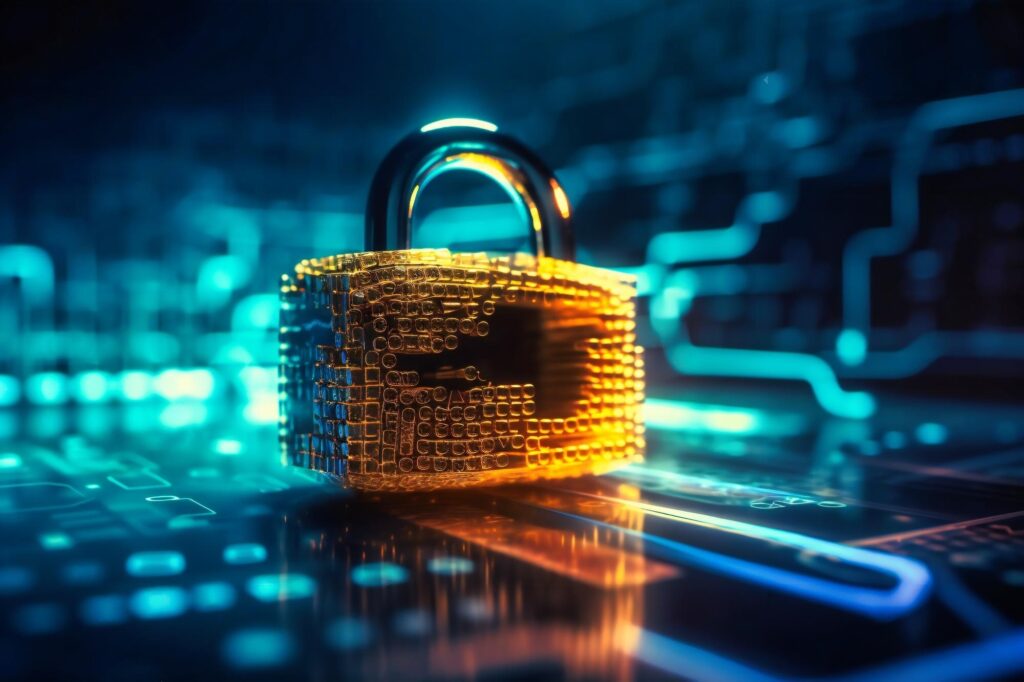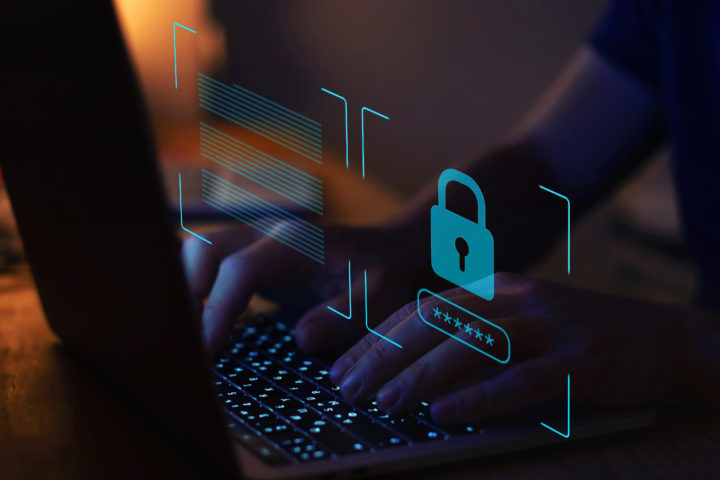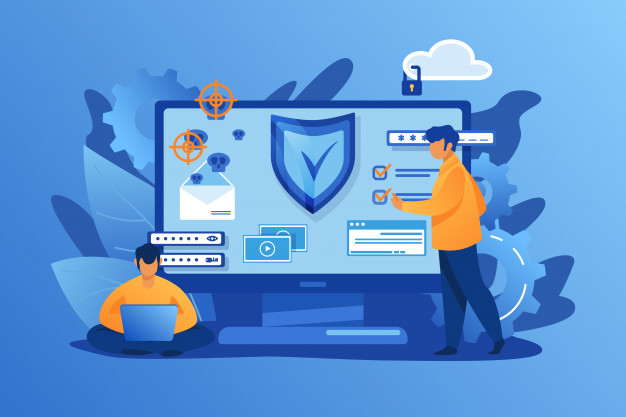Securing the Future of Education: The Vital Role of Data Security in EdTech
Introduction:
In the digital age, educational institutions have increasingly adopted technology to enhance the learning experience. From online learning platforms to student information systems, educational technology (EdTech) has revolutionized education. However, this digital transformation comes with a critical responsibility: ensuring the security of sensitive student and faculty data. In this article, we explore why data security is paramount in educational technology and the consequences of neglecting it.
The Significance of Data Security in EdTech
Educational institutions gather vast amounts of sensitive data, including student records, financial information, and research data. Protecting this data is crucial for several reasons:
Privacy Protection: Students and staff trust educational institutions to safeguard their personal and academic information. Failing to do so can erode trust and lead to legal consequences.
Preventing Data Breaches: Data breaches can result in the exposure of sensitive information, leading to identity theft, financial loss, and reputational damage to the institution.
Compliance and Regulations: Educational institutions must adhere to various data protection regulations, such as the Family Educational Rights and Privacy Act (FERPA) and the General Data Protection Regulation (GDPR).

Challenges and Vulnerabilities in EdTech

Despite the importance of data security, EdTech faces numerous challenges and vulnerabilities:
Cyberattacks: Hackers target educational institutions for valuable data, including student records and research findings.
Human Error: Inadequate cybersecurity training can lead to unintentional data breaches caused by staff or students.
Legacy Systems: Outdated software and systems may lack essential security features and updates.
The Consequences of Data Breaches
Data breaches in educational technology can have severe consequences:
Financial Loss: Remedying a data breach can be costly, including legal fees, fines, and data recovery expenses.
Reputation Damage: Publicity surrounding a data breach can harm an institution’s reputation and hinder student recruitment efforts.
Legal Ramifications: Violations of data protection laws can result in legal actions and significant financial penalties.

Best Practices for Data Security in EdTech

To protect sensitive data in educational technology, institutions should implement these best practices:
Data Encryption: Encrypt data both in transit and at rest to prevent unauthorized access.
Access Controls: Implement strict access controls and user authentication to limit who can access sensitive data.
Regular Updates and Patching: Keep software and systems up to date to address security vulnerabilities.
Employee Training: Provide cybersecurity training to staff and students to reduce the risk of human error.
Incident Response Plan: Develop a comprehensive incident response plan to mitigate the impact of a data breach.
Conclusion:
In an era where education and technology are deeply intertwined, data security in educational technology cannot be overlooked. The consequences of data breaches can be devastating, affecting not only an institution’s finances but also its reputation and the trust of its stakeholders. By prioritizing data security and implementing best practices, educational institutions can ensure a safe and secure learning environment for all. Data security is not an option but a necessity in the world of educational technology. As the digital landscape continues to evolve, so too must our commitment to safeguarding sensitive information, ensuring that education remains a safe and secure endeavor for all involve
